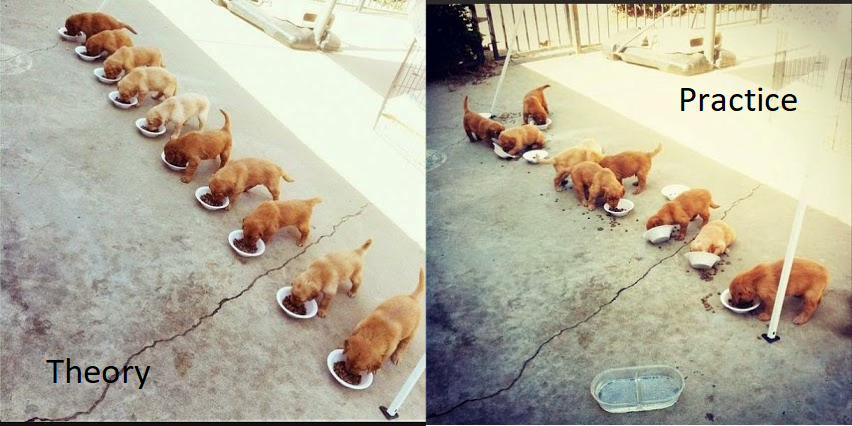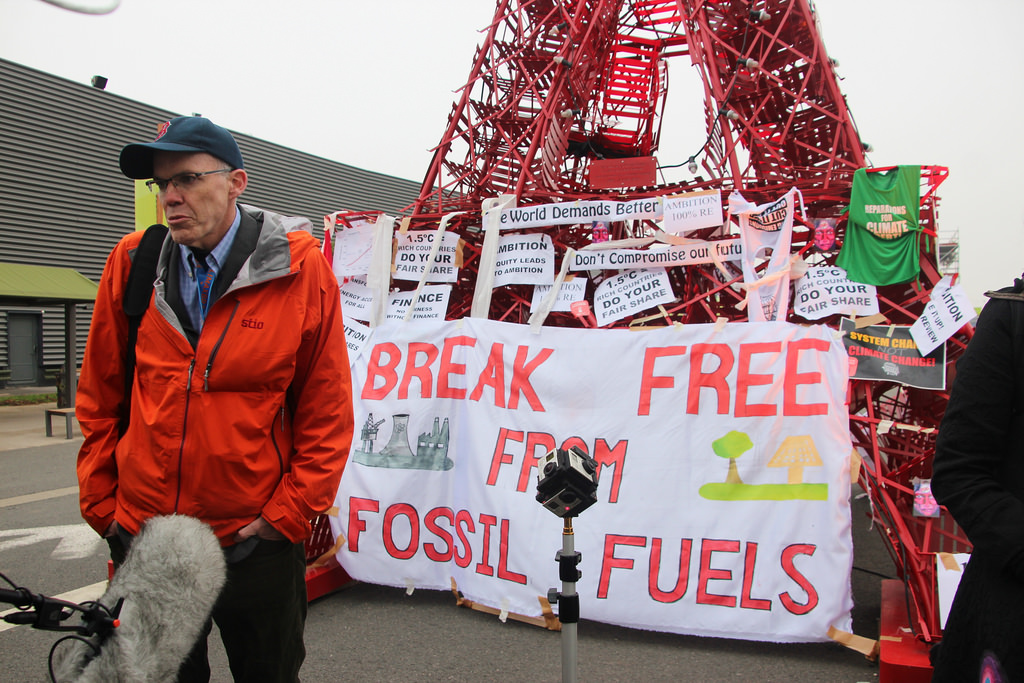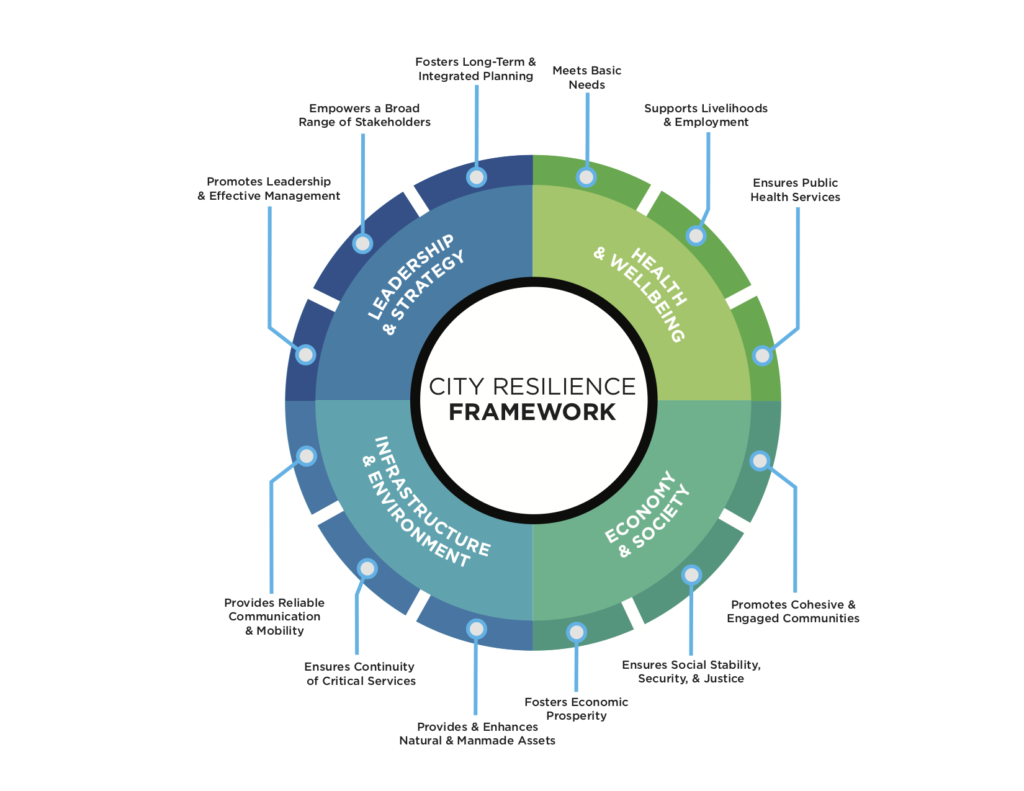<– Start at the beginning of the Climate Lab series
It’s hard to believe that I’m already about a third of the way into my year-long climate change program, but it is clear to me that this experience has already been life-changing. If you haven’t read the earlier parts of this series, I suggest you start at the beginning for sufficient background. [1] If you’re still following along, this installment will cover content from our virtual meetings in December and January but not our first in-person session in Honolulu, which will be getting at least one dedicated post in the weeks to come.
In Theory
At my organization, we’ve often found that our most insightful events and discussions come when we’re bridging examples of theory and practice, recognizing the value that each area provides toward uncovering insights. I myself ultimately decided against a career in academia largely because I wanted to be out in the world doing something, putting knowledge to use, but I absolutely recognize the necessity for scholarship on a subject to help inform the actions and approaches of practitioners. Fortunately, our sessions in this climate program have worked to incorporate aspects of both worlds as we go. (Our cohort even has a representative mix of backgrounds, which helps to make our conversations richer.)
In my last Climate Lab post, [2] I talked about the importance of recognizing that sometimes the people who are most impacted by certain decisions aren’t even at the table when those decisions are being made. That is certainly a theme in my own work, but I’m also coming to realize that it will be a theme in this program. We’ve already spent a considerable amount of time over the past few months reading and discussing aspects of change management in the context of climate adaptation. Considerations we’ve evaluated include things like who has the authority to make decisions in the first place, what information they’re using or assumptions they’re making, and to what extent their goals and priorities are aligned with those of other stakeholders.

Image credit: [3]
While it is important to ensure meaningful and equitable inclusion of various stakeholders when it comes to planning for change, it is also important to thoroughly examine the next steps: the decisions and implementation of plans created. Something we’ve wrestled with at work over the years is trying to determine which approach will be most effective: deep, tailored, meaningful engagement in a small number of communities or more standardized, more scalable support for a larger number of communities. I had to laugh when that dichotomy emerged in the leadership program literature and across multiple conversations we’ve had over the past few months. In short, it’s hard to achieve broad, systemic change that is just and scalable.
In Practice
Fundamentally it makes sense that as you add more people to a given group, you will get more opinions, preferences, beliefs, etc., making any inclusive approach that much more difficult. I value consensus building, but I also recognize that the challenge increases along with the size of the group, slowing down the process and raising the risk of disagreement. No two communities are the same, which means that one-size-fits-all approaches that are quicker and easier to implement may often exclude necessary considerations regarding unique factors and historical context.
The discussions we’ve had within our cohort on the subject of effective programmatic approaches have highlighted the need for community voices to be centered in the decision-making process, with financial backing, content expertise, and governmental authority playing supporting roles. And when we start bringing in voices of impacted community members for the purpose of crafting an equitable path forward, it is important to remember that we are not starting from a level playing field. Often there are past harms and injustices that need to be addressed before we can even start to have conversations about how to move forward more fairly. (For example, many of our case studies in the literature include countries experiencing economic disparities exacerbated over generations by colonialism.)

Image credit: [4]
And in order to have those conversations, we need to prepare to be uncomfortable, especially those of us in positions of privilege. Similar to something I touched on in my series about racism back in 2020, [5] we need to ask ourselves how we might (subconsciously, inadvertently, unintentionally) be contributing to the very problems we’re trying to solve. We need to recognize the limitations of our own knowledge – and while it is hard to know what we don’t know, seeking out someone with a different perspective is an excellent place to start, and that brings us back to this idea of including more stakeholders to create a more informed process.
Paradox or Partnership?
Part of the problem here is that climate change is not going to be solved in our lifetimes. (I mentioned last time that we’ll never actually cross a goal line because the goal posts will continue to move over time, which is frustrating as Hell to consider.) Because of the long-term nature of the problem, we need just, equitable solutions that will (and will continue to) work for everyone. But because of the urgent nature of the problem, we also need swift, strategic action that involves more than “random acts of greenness,” as one of our reading assignments put it. [6]
So how do we reconcile these two issues? My cop-out answer is “not simply,” but I do recognize that it’s going to involve a mix of approaches, perhaps akin to Bill McKibben’s “silver buckshot.” [7] First, we are going to need broader collaborations between groups that aren’t necessarily used to working together, such as partnerships between the public and private sectors. Meanwhile, NGOs can explore applications of academic findings, while academics can expand their research based on NGO insights and questions. Community-level initiatives on opposite sides of the world might have striking similarities and things they can learn from each other (spoiler alert: they do). For effective progress on this front, we need a combination of strong community presence and strong government action.

Image credit: [8]
Second, we must recognize that transformation takes a long time, and that progress is not linear. Speaking as someone who used to do consulting work, as someone who almost went into academia, and as a recovering perfectionist, I am no stranger to analysis paralysis. [9] It is incredibly seductive to continue gathering information until we’ve crafted the perfect plan before we start to implement it. But the situation is urgent, and we know that even the best-laid plans of mice and men go awry. Therefore, planning, implementation, and reflection all need to happen continuously and inform each other as part of a cyclical process of constant improvement.
The third point is something I will absolutely be revisiting in future posts in this series, and that has to deal with recognizing not only the limitations of our own perspectives, but also recognizing our complicity in upholding the status quo. It is an uncomfortable topic that our cohort was recently confronted with during our first in-person session. But uncomfortable doesn’t necessarily mean bad – growth is uncomfortable, building strength is uncomfortable, venturing outside your comfort zone is (by definition) uncomfortable. And we reap benefits for doing those things.
I don’t like to close out my posts on negative notes, but I’ll leave you with something that is – I think – more realistic than anything else: adapting to the reality of climate change will be unpleasant, but I believe that resisting adaptation will be more unpleasant. And, if given the option between the two, I will take the one that involves some agency on my part.
~
There will be plenty more on this subject in the months ahead.
For now, thank you for coming along on this adventure with me.
The Indo-Pacific Leadership Lab [10] is a program of the East-West Center,[11] with support from the Japan Foundation.[12]
As always, content on this blog reflects my personal views, and not those of any organization with which I am associated.
[1] https://radicalmoderate.online/climate-lab-first-steps/
[2] https://radicalmoderate.online/climate-lab-diversity-inclusivity-and-equity/
[4] https://blogs.nicholas.duke.edu/silver-buckshot/the-world-according-to-bill-mckibben/
[5] https://radicalmoderate.online/everyones-a-little-bit-racist-part-1/
[6] https://papers.ssrn.com/sol3/papers.cfm?abstract_id=4469683
[7] https://blogs.nicholas.duke.edu/silver-buckshot/the-world-according-to-bill-mckibben/
[8] https://resilient.chicago.gov/urban-resilience
[9] https://en.wikipedia.org/wiki/Analysis_paralysis
[10] https://www.eastwestcenter.org/projects/indo-pacific-leadership-lab
[11] https://www.eastwestcenter.org/
2 Comments
Me! · February 18, 2024 at 11:57 am
Do you think this should be part of curriculum starting at elementary school level? Children sometimes educate parents and lead by their example.
Alison · February 22, 2024 at 9:00 am
Absolutely! It certainly was in my elementary school – learning about deforestation and pollution probably helped get me on my path of conservation to begin with. Kids’ minds are like sponges, and they’re so enthusiastic when you give them something to do to make a difference.
I do know that there are some resources about age-appropriate conversations and content related to climate change… always keeping in mind how critical it is to introduce the issue in the right way so it seems actionable and not hopeless.